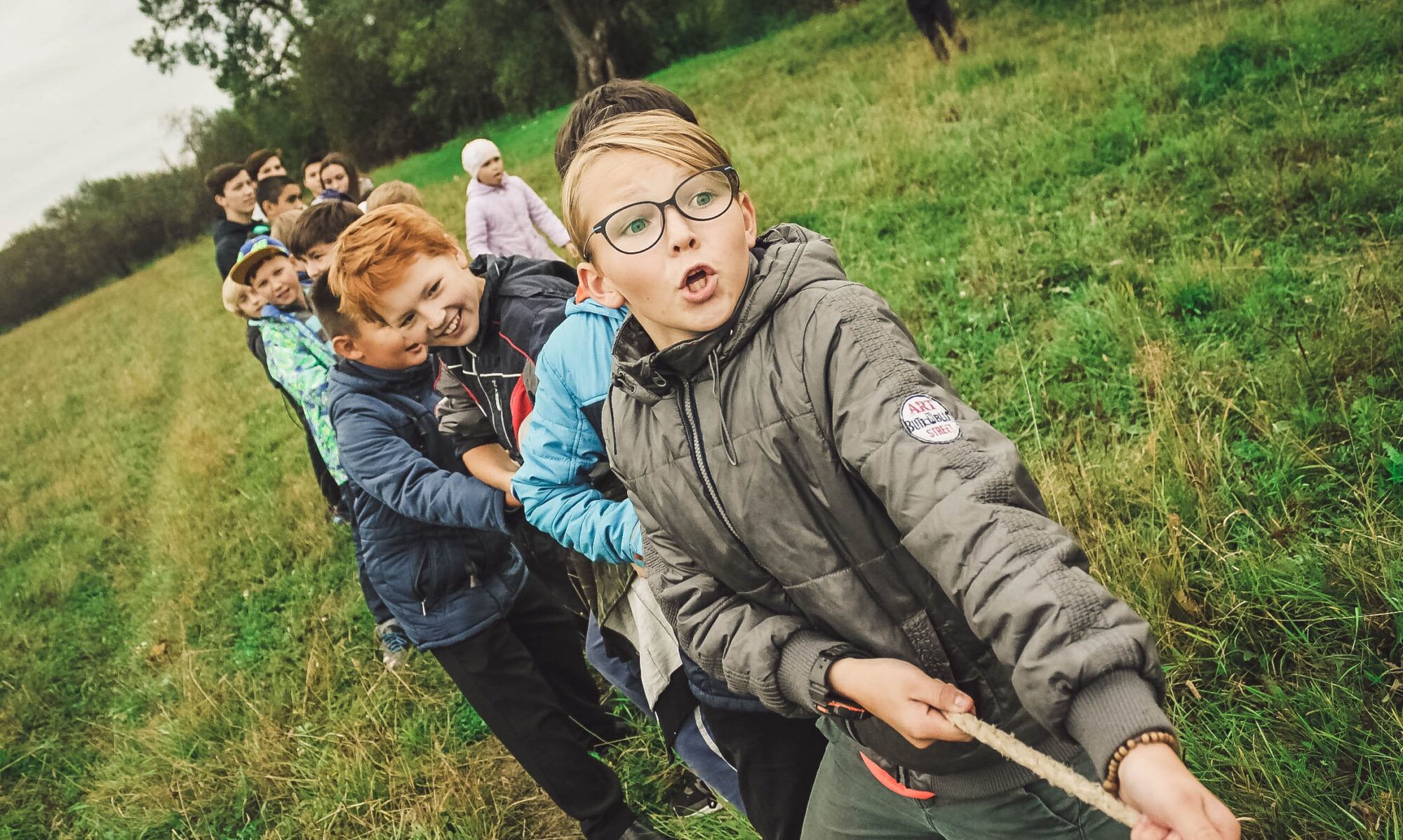As we begin the year with students in our classrooms, it’s important to start with a focus on building the culture. Whether it’s by building the culture for advisory, or building the culture for project-based learning, or just building relationships in the classroom and team, one thing is certain: time spent now on building culture will pay off in the end.
They say in the Developmental Designs approach, “Go slow to go fast!”
Let’s review what we know about building culture.
Building Culture in Advisory
Many teachers use advisory as a place to build culture and relationships. In this blogpost featuring Brattleboro Area Middle School, we share a common format called the Circle of Power and Respect created by Developmental Designs. By using this format that contains daily news, a greeting, a sharing exercise, and an activity, students encounter powerful rituals and routines.
What’s more, students feel a sense of predictability and awareness when we use a particular format for advisory. White River Valley Union Middle School used a CPR format for advisory, and it eventually led to students creating and designing advisory activities. Learn more about this student leadership and their role in building the advisory culture. When students lead advisory and community meetings, it results in even more ownership of the culture.
Advisory can also be the space where you build a culture that is responsive to all identities and perspectives. In this blogpost about culturally responsive learning environments, TIIE staff Jeanie and Life suggest that advisory and community meetings are spaces where teachers and students can just be together.
Building the culture for learning
First, Suzie Boss and John Larmer identify four strategies for building PBL culture in their book, Project Based Teaching: How to Create Rigorous and Engaging Learning Experiences. One of them is around creating a community of learners through shared norms.
Developing norms and routines with your students can be a critical step in building the culture together. Katy Farber shares 8 Tips for Creating Classroom Routines and Norms to help you get started.
In another story, Farber gives some general advice about how to build community to support project-based learning. She identifies team-building activities and modeling community discussions as helpful to building the culture.
Lastly, TIIE staff writer Emily Hoyler shares the importance of explicitly teaching routines and expectations in this blogpost.
Building the culture all over
You probably know that the culture of a school can really impact many things – student learning, teacher happiness, and family involvement to name a few. So, how does one go about improving the culture throughout a learning system? To get more insight, we can listen to this #vted reads podcast episode where Jeanie talks to Bill Rich about the book, The Culture Code: The Secrets of Highly Successful Groups.
Jeanie and Bill discuss the book and explore how this non-education book can be applied to education environments. The book is divided into three sections, also identified as skills for building culture.
- Build Safety
- Sharing Vulnerability
- Establish Purpose
While these skills are more overarching and broad, we can see how we might apply them to schools and classrooms. For example, we might associate “building safety” with the way that we establish and create a sense of belonging in advisory.
If you build it, they will come
I must admit that I’m misquoting this infamous line from Field of Dreams. But I only learned that by watching Jeopardy last night.
You truly build the culture that you want for your students. If you dream it and build it, your students will enter it and feel like they belong in the culture. Because what we all want is to feel safe, to feel known, and to feel competent – adolescents and adults alike. Take the time to establish agreements, develop routines, and build a place of belonging right from the start. It really will pay off in the end.




One Reply to “Start the year with building the culture”
Comments are closed.